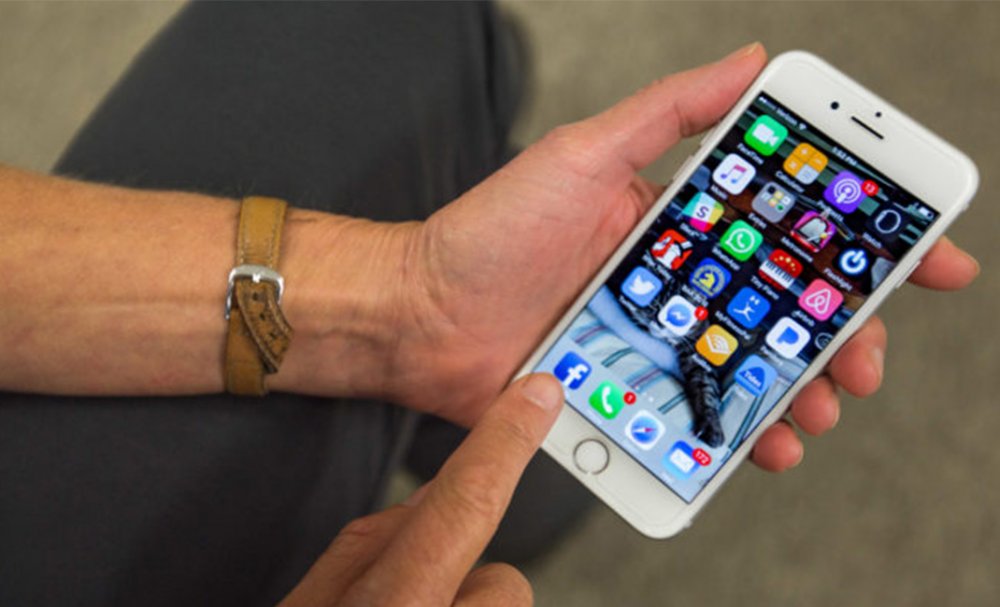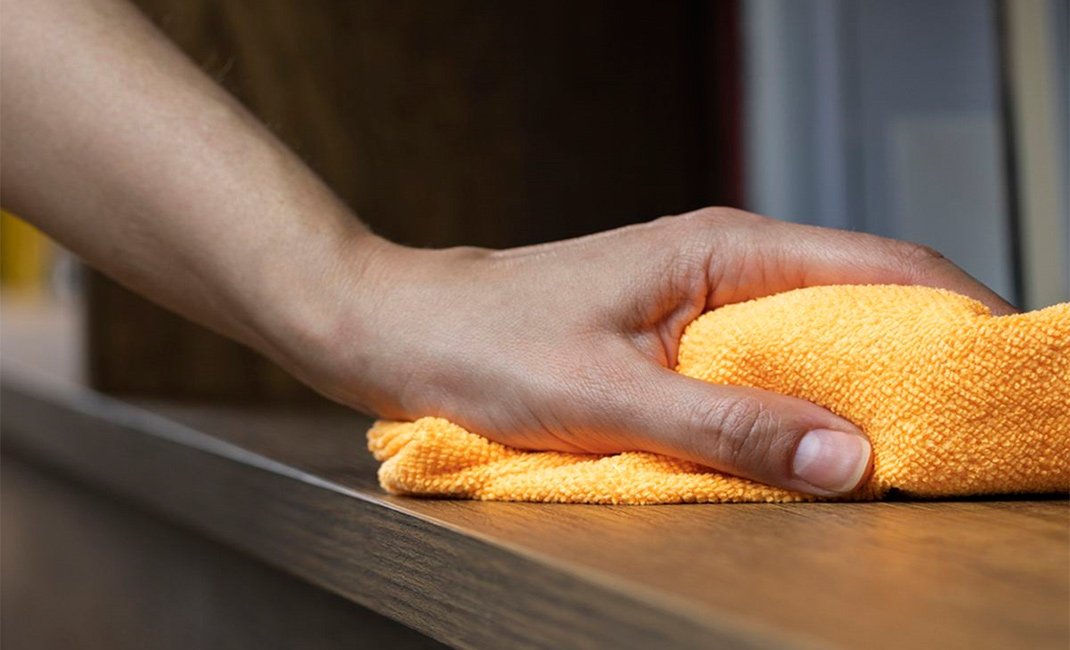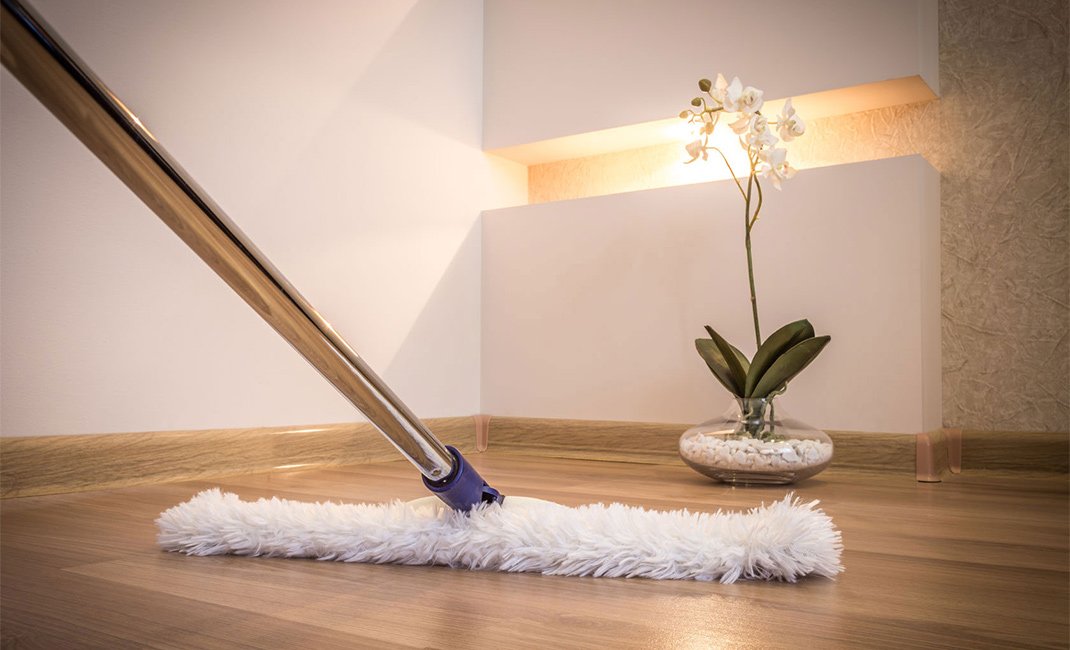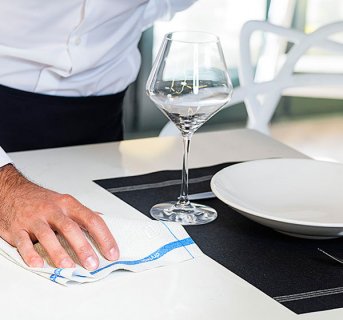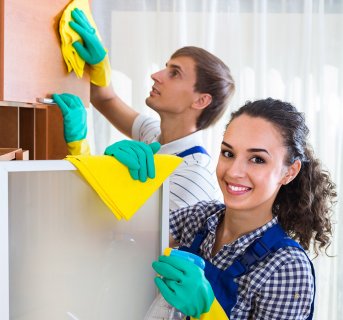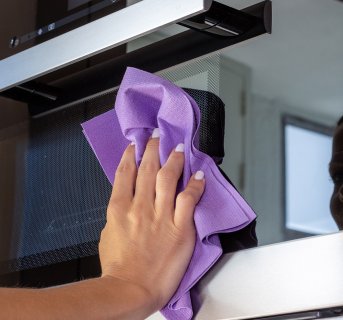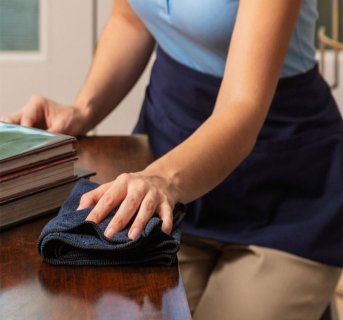Disinfecting is one of the very good solutions to fight the novel coronavirus in your daily life.
The CDC recommends using 70 percent alcohol solutions, EPA-registered household disinfectant spray, or homemade diluted household bleach solutions to clean and disinfect so-called highly used surfaces daily in household common areas. These surfaces include tables, chairs, doorknobs, light switches, remotes, handles, desks, toilets, and sinks, among other things.
Though the CDC’s list is a great start, there are a number of high-touch surfaces that you may be skipping. In fact, some of the dirtiest spots in your house are hiding in the most unlikely places. Here are things you should start disinfecting now if you haven’t been already.
Cellphones
To clean your phone, spray a nonabrasive or alcohol-based disinfectant directly on a soft lint-free cloth and wipe down the device — front, sides, and back — while it is powered down and unplugged. Do not use bleach. Wipe down your device and let it dry before turning it back on.
Keyboards
Cleaning your keyboard is perhaps more relevant now than ever now that many of us are working from home — the same goes for a mouse if you use one. According to a relevant study computer or laptop, keyboards can be 20,000 times dirtier than a toilet seat.
Glasses
You’re not supposed to be touching your face, but odds are, you’re still touching your glasses. The grime from your fingers, face and exposure to the outside world can build up on the frames and lenses.
To disinfect your glasses, wipe the frames with a disinfecting wipe or a cloth dampened with disinfecting fluid. You can use a drop of dishwashing liquid and a clean, lint-free towel to clean the lenses if you don’t have lens cleaner and a microfiber cloth, too.
Sponges
If you didn't know it before you know it now: sponges are filthy. According to a study, sponges are the dirtiest place in your house, even dirtier than the toilet bowl- with an average of over 54 billion bacterial cells.
To sanitize your sponges, you can create a solution of one part bleach and nine parts water or microwave them in a bowl covered with water at high temperature for about thirty seconds. Even if you sanitize your sponge after every use, researchers say you should swap sponges every week in order to keep your eating surfaces clean and sanitary.
Refrigerator door handles
Refrigerator door handles are among the dirtiest places in the kitchen, despite the fact that they don’t come into any direct contact with food.
So don’t skip it when you are cleaning the other high-touch surfaces in your kitchen, like the tables and countertops.
Microwave touchpad
Toothbrush holders
Toothbrush holders are the third-most germ-friendly household items, after dish sponges and kitchen sinks. In fact, bacteria from the toilet can sometimes reach your toothbrush holder with every flush, depending on where it is in your bathroom. Make sure you disinfect it regularly when you are cleaning your bathroom. You should also replace toothbrushes and electric toothbrush heads regularly as well.
Steering wheels
A car steering wheel has up to nine times the amount of germs as the seat of a public toilet.
Think of when you go out for grocery shopping or pay a visit to the gas station and all the things you have been moving your hands onto. All that bacteria can be easily transferred to your steering wheel.
Use a microfiber cloth and disinfecting spray to wipe all the way around your steering wheel every time you get in and out of the car.
Showerheads
Laundry baskets
Bacteria from both your body and the world around you will reach your clothes and end up in your laundry basket. Especially if you are cleaning linens and towels from someone who is sick (which the CDC also recommends that you do regularly), you should give your laundry basket a thorough wipe down with a disinfectant wipe or spray.
Purses
According to a study, women’s purses contain more bacteria than the average toilet seat. If you are worried about damaging your handbag, here are some tips for disinfecting your purse carefully.
To clean leather or even “pleather” bag, use a small amount of hand sanitizing gel applied to the surface of the purse with a cloth or a rag. To clean a fabric bag, dampen a microfiber towel with isopropyl alcohol and blot the bottom of the purse and the handles with the alcohol. Let the bag dry overnight in a cool place before carrying it again.
Mailbox handles
Mailbox handles are also germy enough to spread disease. Make sure you disinfect your mailbox handle every time you go outside to pick up that day’s mail. Your mailman — who can’t work from home — will probably thank you, too.
(www.labico.gr)

